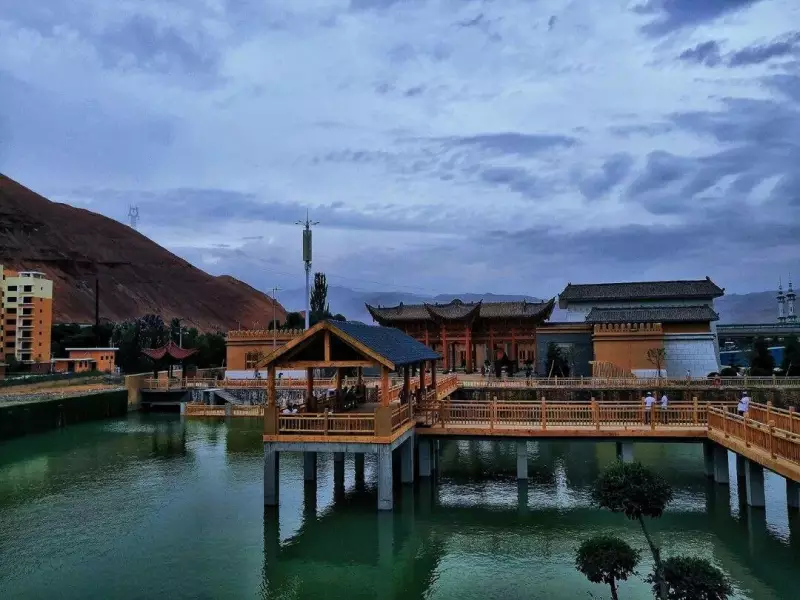Salar is one of the ethnic minorities who believe in Islam in China. Salar is the national language. It belongs to the Argus group of the West Hun branch of the Turkic language family of the Altaic language family. Some people think it belongs to the Salur dialect, which has no characters and is commonly used in Chinese.
Cellars call themselves Cellars, or Cellars for short. They mainly live in Xunhua Salar Autonomous County of Qinghai Province, and township of Hualong Hui Autonomous County, and the dahlia of Jishishan Baoan Dongxiang Salar Autonomous County of Gansu Province. According to the statistics of the sixth national population census in 2010, the total population of Cellars is 130607.
Islam is the main belief of Cellars, so religion has a deep influence on their historical development, politics, economy, culture, and so on.

Faith
Salar is one of the ten ethnic groups that believe in Islam in China. They strictly abide by the religious system and basic beliefs of Islam, carry out the five services of chanting, ritual, fasting, teaching, and pilgrimage, and honor the Koran and hadith.
During the reign of Qianlong in the Qing Dynasty, the “Menhuan system” and some different sects in Hezhou Hui inhabited area were introduced into the Salar area, and Salar people began to have sectarian division and sectarian dispute. Disputes and fights among people of different sects have caused great disaster to the working people. In the past, Salars were divided into an old religion, old Protestantism, Protestantism, and new Protestantism, but there was no difference in the basic faith of Islam, only different interpretations of doctrines and dogmas or slightly different etiquette details. After the founding of new China, the people of the Salar nationality gained freedom of religious belief.
In terms of religious system and rituals, Cellars have many different characteristics from other ethnic groups and regions. Mosques are built in the natural villages inhabited by Cellars. Each temple employs one university imam, one or two university imams, and several “Manila”. The mosque also selected a special person to serve the Imam at the beginning of school, called “Muzawi”, who must be smart, diligent, and agile.

Diet
Salar people have three meals in the solar eclipse. The food is mainly wheat, supplemented by highland barley, buckwheat, potatoes, and various vegetables. The staple food is usually made into rolls, steamed bread, pancakes, Wong pot steamed bread, noodles, noodles, ramen, rolling noodles, loose rice, dough, and paste. Meat is mainly beef, sheep, and chicken, and meat and poultry are slaughtered by Imam. They should not eat the meat of pigs, dogs, donkeys, mules, horses, and other non-ruminant animals, the meat, the blood of all ferocious animals, and things that die of their own. Cellars have a traditional specialty food called “Bilimaihai”, also known as “oil dough”, which is made of vegetable oil and flour. During the new year’s festival, people come here to fry oil, Sanzi, and chicken cake, cook hand grazed meat, steam sugar and vegetable steamed buns, stew “bowl vegetables”, cook rice and install a hot pot. On the wedding day, cattle and sheep should be slaughtered, boiled, and fried, and the food is more abundant.

Clothes & Accessories
Salar people mainly live in Xinhua and Hualong counties of Qinghai Province and dahlia of Jishishan of Gansu Province, where their settlements are relatively concentrated, so their costumes are relatively unified. In terms of color, men are mainly white and black, and taboo red, yellow, and complicated clothes; women, in addition to attending religious ceremonies, wear bright and colorful clothes and then put on black or purple scarves, which is more charming and distinctive. Salar’s clothing is generally the same as Hui’s, the difference is that the coat is generally wider and the waist is tied with cloth.









